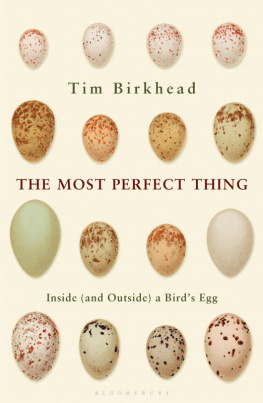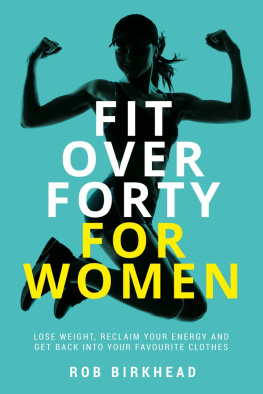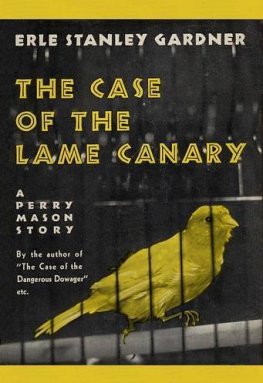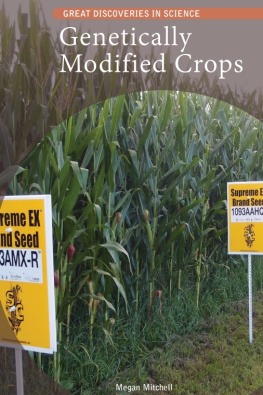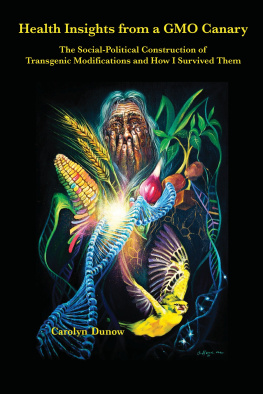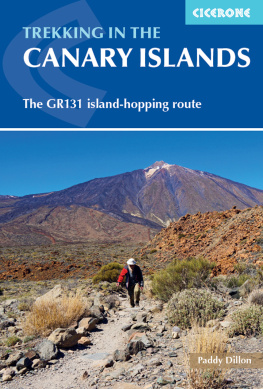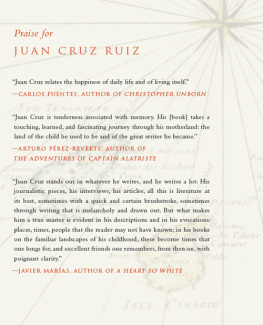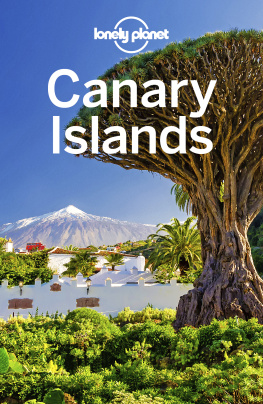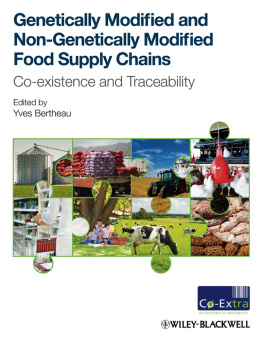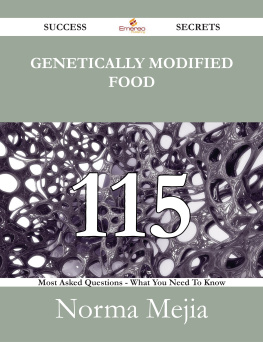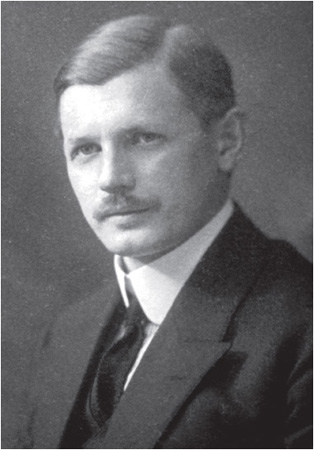
Hans Duncker aged 31; young and handsome before his canary studies.
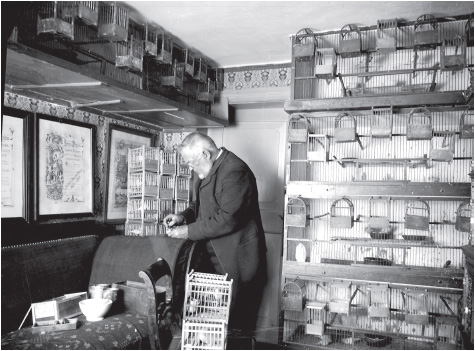
A German canary breeders birdroom in the early 1900s. I imagine Reichs birdroom to have looked much like this.
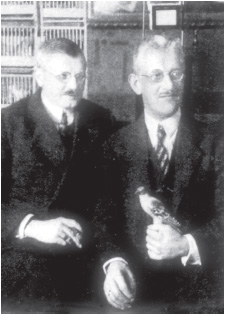
Hans Duncker and Karl Reich some time in the mid-late 1920s.
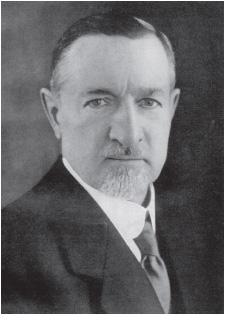
General consul Carl Cremer in the 1930s: suave, smooth and confident.
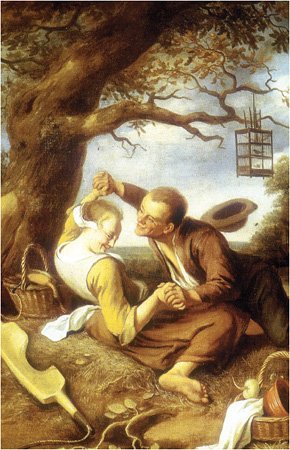
Jan Steens Rustic Love also known as Couple Flirting Outdoors.
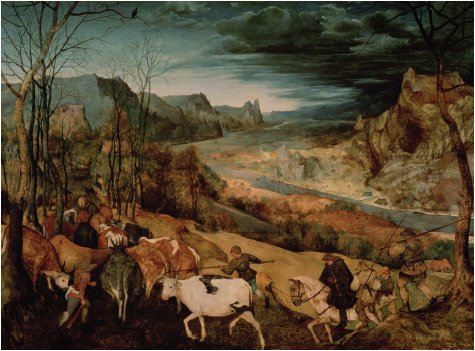
Brueghels The Return of the HerdAutumn, 1565.
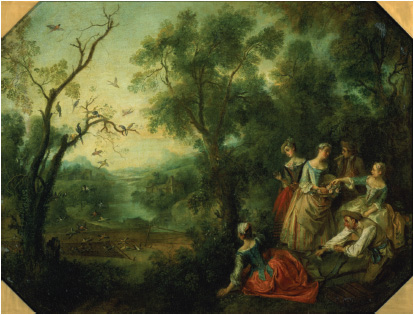
Lancrets Spring, a symbolic bird-catching scene. This image was used by MacPherson in his book on bird catching to illustrate the link with sexual selection.
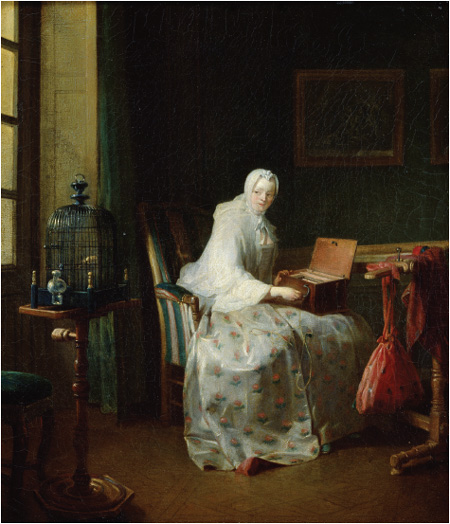
Chardins The Bird Organ or A Woman Varying Her Pleasures.
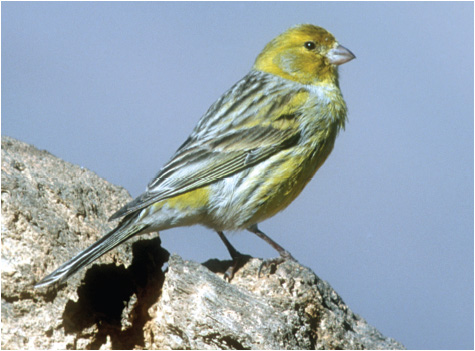
The original wild canary.
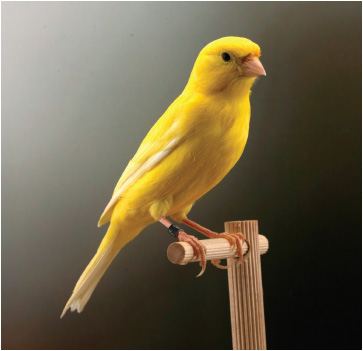
The domesticated yellow canary.
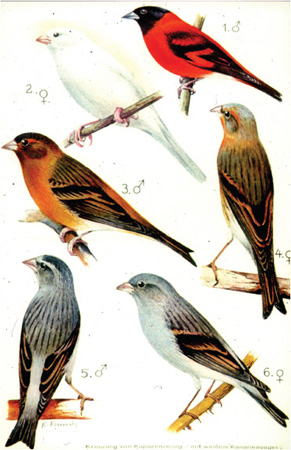
The plate from Dunckers paper (Duncker 1927b) showing a male red siskin, the dominant white canary and their disappointing off spring.
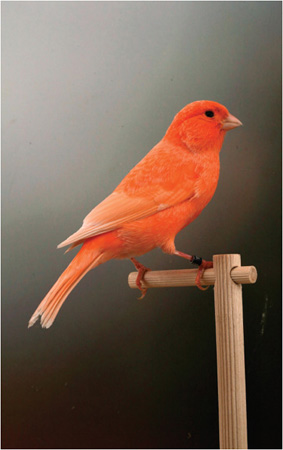
The red canary.
I never imagined that writing about the red canary would take me so deeply into a world so different from the one I normally operate in. The history of bird keeping is not something that either public or university libraries have bothered about and I soon discovered that much of the information I needed was widely scattered and tricky to find, although I have to admit that the challenge of tracking down obscure material was an exhilarating one. No one has brought this eccentric material together before and, as well as widening my horizons, it also widened my circle of friends.
My main thanks are to two friends in particular, without whom this book would not have been possible: Karl Schulze-Hagen, a busy medic who lives in Mnchengladbach and whose other interests include ornithology, art and the history of science; and Gtz Palfner, a research botanist in the Department of Animal and Plant Sciences at the University of Sheffield. Karl and Gtz spent hours, days and weeks helping me, well beyond the call of duty, for which I am very grateful.
Despite what I have said about libraries, there were several who provided invaluable help. At the Alexander Library in the Zoology Department in Oxford, Linda Birch was, as always, extraordinarily helpful; I am also grateful to M. E. Butter; Peter Day at the Chatsworth Library; Ann Datta and Effie Warr at the British Museum Library in Tring and Ian Dawson at the Royal Society for the Protection of Birds library. Edith Sonnenschein provided useful information and images from the library at Vogelwarte Radolfzell, Germany. Elaine Dean of the inter-library loans department in the University of Sheffield deserves special thanks; as does Rosemarie Nief, at the Wiener Library, London, for tracking down copies of some of Hans Dunckers papers.
The personal libraries of various enthusiasts were vital sources of information and I am indebted to those who so generously allowed me to use their books, copied material or checked particular facts for me. These include Hans Classen, Jaques Faivre, Christian Lemee, Russell Liddiat, Rolf Nagels, Jochen Klhn and Joachim Seitz. I am especially grateful to Rolf Schlenker whose knowledge, enthusiasm and bookcases seemed limitless.
Tracking down details of Hans Dunckers fascinating life was a special challenge and I am grateful to the following for their assistance: A. Bumer-Schleinkofer; Michael Birkmann; Eberhard Focke; Rolf Gramatzki who kindly provided a photograph of Duncker; Ernst Mayr who put me in contact with people who knew Hans Duncker, including Gerd von Wahlert, who turned out to be the only person I spoke to who had met Duncker and who was a wonderful and endlessly patient source of help. Joachim Seitz accompanied me to the bersee-Museum in Bremen to go through the Duncker archive and kindly translated material there for me. I also thank Professor H. Walter for his specialist knowledge of Duncker. At the Bremen Staatsarchiv I am enormously grateful to Monika Marschalck for her help in locating information on Duncker and his associates in Bremen.
The bird enthusiasts who allowed me into their world and answered my questions were a tremendous source of information and inspiration. In particular I thank the bird catchers Emiliano, Miguelito and Fernando who educated, entertained and fed me so splendidly in Spain. Elsewhere Mike Chambers, Arthur Jepson, Terry Roberts, Terry McCracken, Klaus Speicher and Sean Fitzpatrick in particular, all provided invaluable assistance. At Cage and Aviary Birds Donald Taylor and Ron Oxley especially were very helpful. I am also indebted to those bird keepers with a special interest in the history of their hobby including Wallace Dean, Huw Evans, John Scott, Jim Spring, Ray Steele and Adrien Taylor, who runs a canary website and who was a wonderful source of information; Geoff Walker, top colour canary man in Britain, provided hospitality and valuable information; I also thank David Whittaker, secretary of the UK Budgerigar Society, Kevin Wirick in the USA and Bob Yates for their help. Grant Watson deserves special thanks president of the Colour Canary Breeders Association (CCBA) and the main red canary man in Sheffield, UK he generously gave me the benefit of his knowledge and first-hand experience: Grant died while I was writing this book.
Other people who helped in various ways include: Antonio Arnaiz-Villena, Ishbel Avery, Gert Baeyens, Hans-Martin Berg, H. H. Bergmann, Marc Boccara, Martin Bossert, Bill Bourne, Michael de L. Brooke, Terry Burke, Michael Burleigh, Maxime Caillau, Alex Casa, Isabella Catadori, Clive Catchpole, Rosie Cornwallis who played the flageolet tunes for me from the books of Hervieux and Hammersely, Alistair Dawson, Franoise Dussor, Graham Elliot at the Royal Society for the Protection of Birds, Natalino Fenech who together with Joe Sultana helped me enormously in Malta, Anita Gamauf, Christoph Gasser, Armin Geus, Oliver Gilbert, Franz Goller, Ann Grant, Karen Green, Jose Gutierrez, Hansruedi Gttinger, Sabine Hackethal (who provided me with information about Lazarus Rting), Jrgen Haffer, Michael Hattaway, Alain Hennache, Peter Hill, Paul Hodges, Herbert Hoi who translated an entire Ph.D. thesis in one long sitting; Pete Hudson, Randal Keynes, Desmond King-Hele, Jo Kirby at the National Gallery who told me about pigments, David Hollingworth who provided invaluable help with the illustrations, Linda Kirk, Robert Knecht, Christoph Knogge who took me to St Andreasberg, Thomas Knogge, Walt Koenig, Maria Kroll who identified Madame la Princesse for me, Ole Larsen, Stefan Leitner, Kate Lessells who helped with translation and took me to the Castricum vinkenbaan, Robert Lindner, Spath Lothar, Peter Marler, R. Mathews, Richard A. May, Richard Mearns, Anders Pape Mller, Bill Mordue, Rolf Nagels, Marion Napoli, Paola Nini who translated French articles for me, Fernando Nottebohm, Jayne Pellatt, Pietro Pizzari, Tom Pizzari who helped in many different ways, Compton Reeves, Matt Ridley, Clarence Royston, Filip Santens who provided information and excellent hospitality in Flanders, H. Schwarzwalder, K. Sittman, Jon Slate, Peter Slater and Rienk Slings who made me welcome at his vinkenbaan. Temmen publishers in Bremen were particularly helpful, Franciso Valera was extra ordinarily helpful, as were Wal van der Henk, Rinse Wassenaar and Roger Wilkinson.


